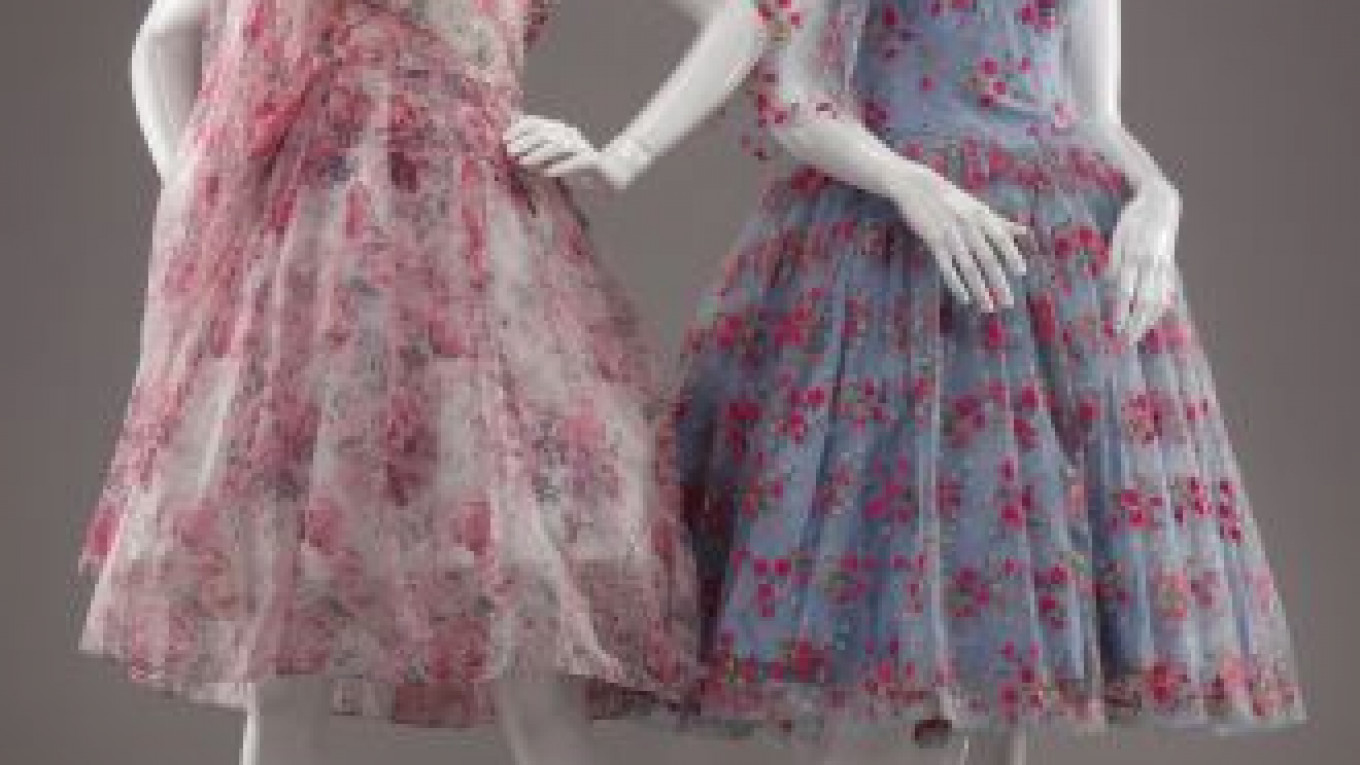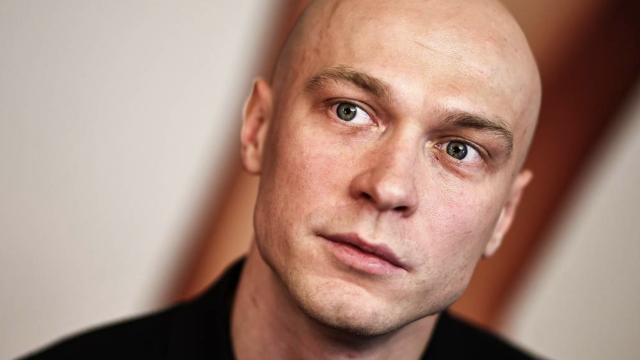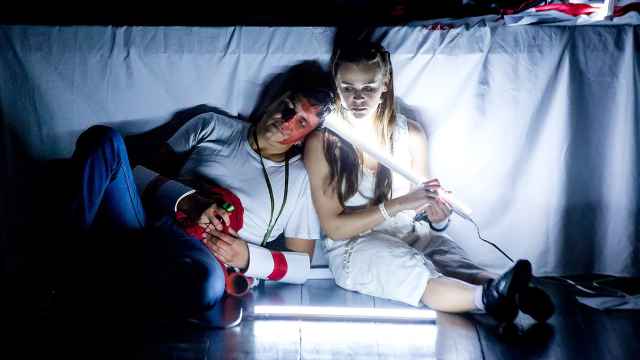To some, the concept of glamour in the Soviet Union sounds farfetched, but the exhibit "Fashion Behind the Iron Curtain: From the Wardrobes of Soviet-Era Stars" currently on at Tsaritsyno Estate Museum shows that the socialist state and style were not mutually exclusive.
The exhibit begins with a tribute to the star icons most pivotal in forging a distinctive Soviet fashion. Pictures and biographies of ballerinas, actresses and opera singers like Galina Ulanova, Lyubov Orlova and Natalya Troitskaya, ushers museumgoers into display halls filled with the dresses and accessories they helped to make stylish.
"In our country, politically leading ladies, unfortunately, did not exist," said fashion historian Alexandre Vassiliev, co-curator of the exhibit. "No one ever imitated the dress of [Nikita] Khrushchev's wife, and even fewer saw [Leonid] Brezhnev's spouse." Instead, the public's attention was focused on visible style icons seen on screen and stage.
The exhibit is set up to show both "what the stars wore … and what aesthetic ideals they held," he said. It was the innovation of these Soviet "leading ladies" and their wardrobe designers, who creatively worked within the material and ideological limits of the state that helped to push fashion forward, he said.
The exhibit is the first to look at Soviet fashion in such depth. Vassiliev worked with Maria Svyatoslavovna, a perfume expert and collector, to bring together a huge selection of dresses — the exhibit shows 200 from over 1,500 collected for the event — as well as accessories and perfume bottles among other items.
The perfume bottles are shown along with descriptions of the scents and formulas to give an idea of "how the era smelled," Svyatoslavovna said.
Nevertheless, the reality was that fashion in the Soviet Union was not based on the caprices of leading ladies but dependent on the political framework of life in a state with limited access to the outside world.
That is not to say that innovation did not occur. Despite material shortages in the early 1920s and 1930s, designers Lyubov Popova and Varvara Stepanova reinvented the way Soviet women viewed cotton. The pair's work transformed the fabric into a Soviet fashion staple, redefining the typical silhouette of the time.
In the late 1940s, Soviet troops returning from the Western Front brought back materials, such as "trophy dresses," and stories of different luxury goods beyond the border. The state's closed borders and the lack of information about the outside world fueled a sense of curiosity about such different aesthetics.
The thaw from the mid-1950s to the early 1960s, ushered in a period of change visible in the dresses on show. Cultural exchange programs gave young Soviets a vantage point on global fashion trends that their parents had not enjoyed. At the same time, there were attempts to create a clothing manufacturer that would shun the West's risque skirts that were getting shorter and shorter.
The Brezhnev years were ones of frustration. Citizens inside the Soviet Union knew more and more about outside fashions and stood in line for blue jeans in an effort to be chic. But while Western mode trickled into the state, emerging fashion designers, such as Slava Zaitsev, were unable to show their collections abroad.
However, by the mid-1980s, traditional Russian and Eastern European influences appeared in the collections of designers such as Yves Saint Laurent and Nina Ricci as perestroika allowed for some interplay between Eastern and Western fashion.
Vassiliev's major regret about the exhibit is that the collection process did not start years earlier. He laments that many dresses from the Soviet period were likely thrown away without a thought that they would be of interest to future generations. "Fashion Behind the Iron Curtain" helps to restore the importance of such items.
"Fashion Behind the Iron Curtain," runs at the Tsaritsyno Estate Museum through June 12. Tsaritsyno Park. Metro Tsaritsyno, Tel. 323-6366. .
A Message from The Moscow Times:
Dear readers,
We are facing unprecedented challenges. Russia's Prosecutor General's Office has designated The Moscow Times as an "undesirable" organization, criminalizing our work and putting our staff at risk of prosecution. This follows our earlier unjust labeling as a "foreign agent."
These actions are direct attempts to silence independent journalism in Russia. The authorities claim our work "discredits the decisions of the Russian leadership." We see things differently: we strive to provide accurate, unbiased reporting on Russia.
We, the journalists of The Moscow Times, refuse to be silenced. But to continue our work, we need your help.
Your support, no matter how small, makes a world of difference. If you can, please support us monthly starting from just $2. It's quick to set up, and every contribution makes a significant impact.
By supporting The Moscow Times, you're defending open, independent journalism in the face of repression. Thank you for standing with us.
Remind me later.






